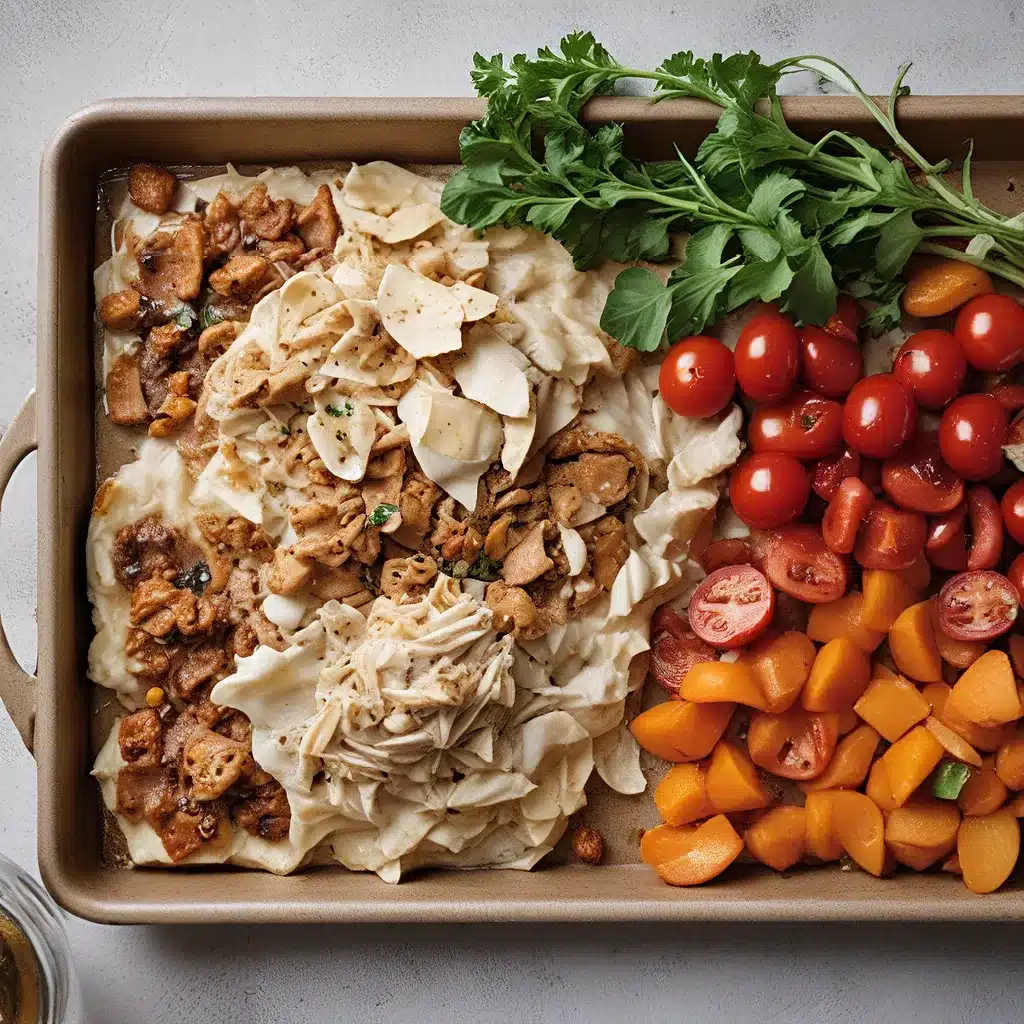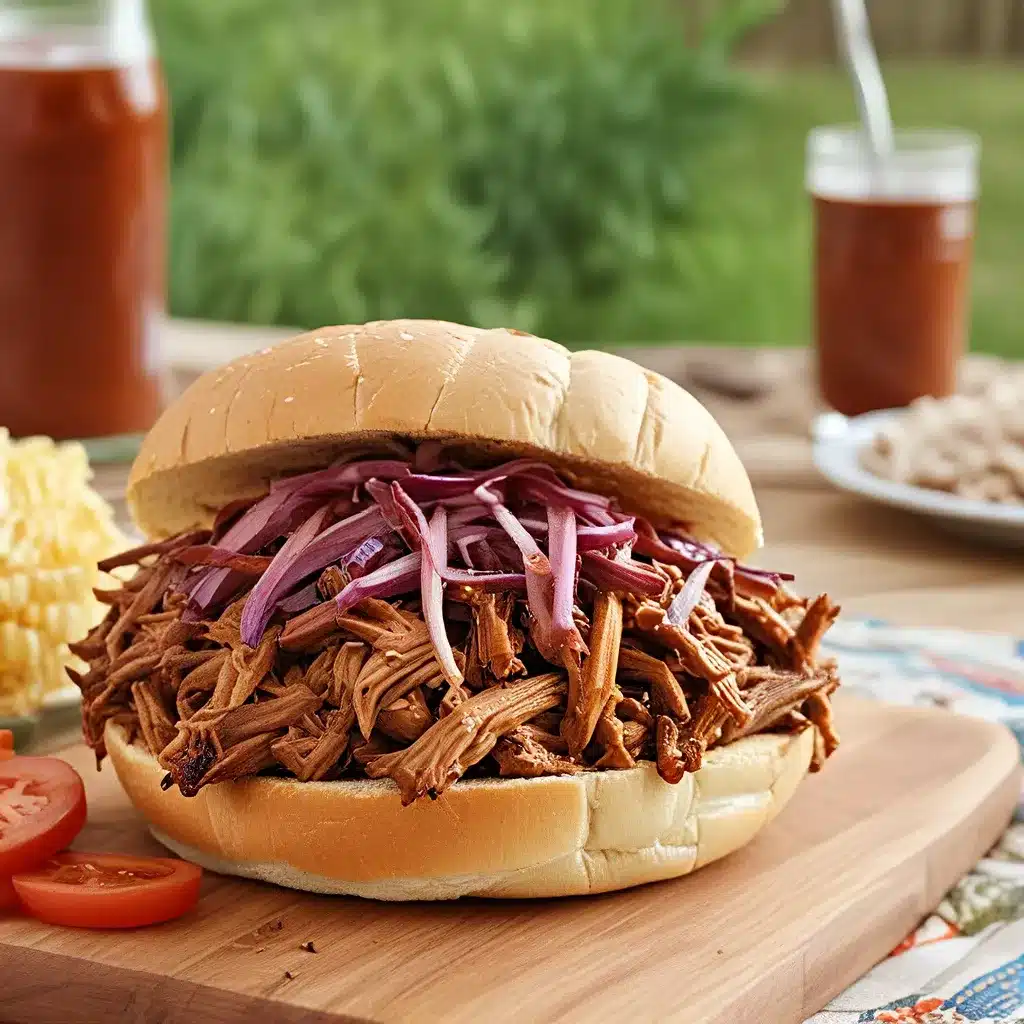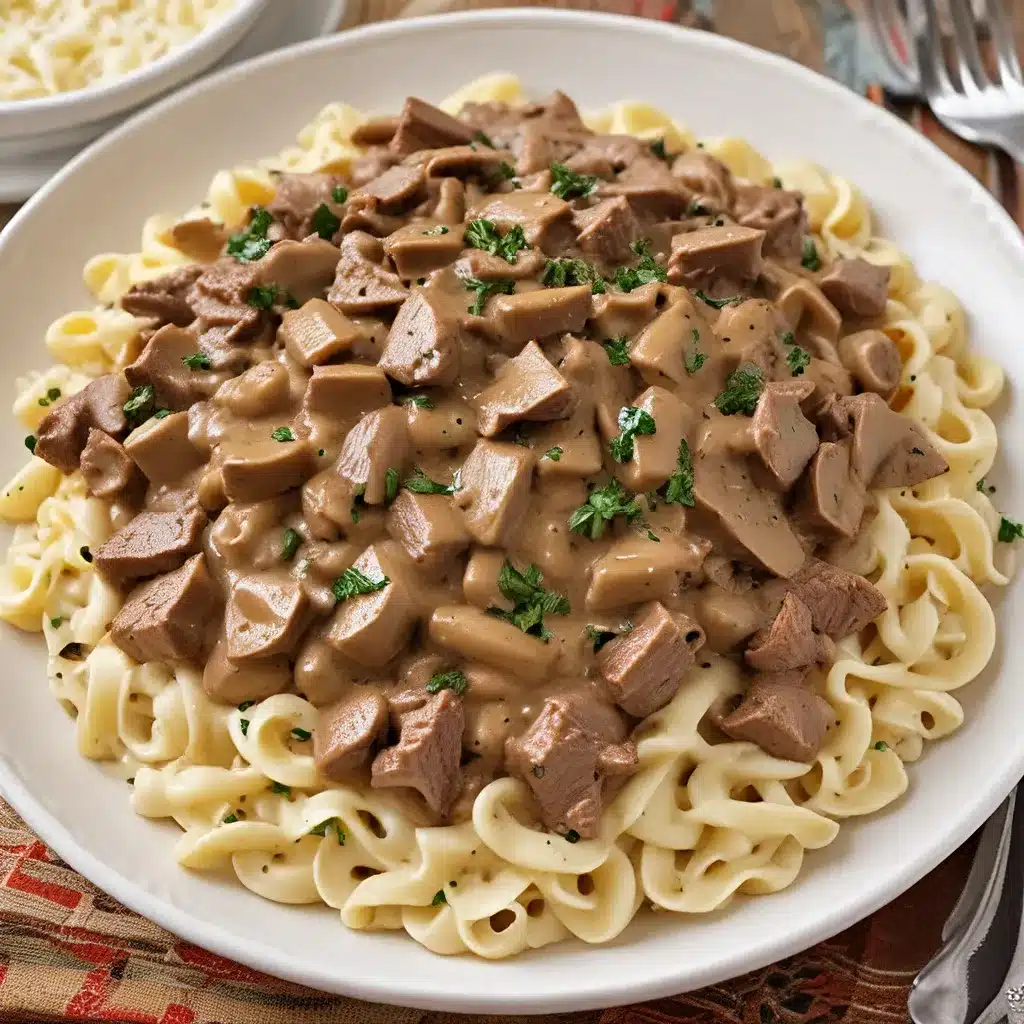
Let’s face it – leftovers can be a bit of a problem child in the kitchen. They insist on taking up valuable real estate in the fridge, they often get pushed to the back and forgotten, and sometimes they even have the audacity to start growing questionable-looking fuzz. But I’m here to tell you that with a little creativity, those leftover ingredients can be transformed into culinary masterpieces that’ll have your taste buds doing the happy dance.
You see, I’m a firm believer that food waste is one of the biggest challenges facing home cooks today. It’s estimated that up to 40% of all food produced in the United States ends up in the trash, which is just heartbreaking when you consider the resources and effort that went into growing, processing, and transporting that food. But the good news is, there are smart solutions and a bit of repurposing magic that can help us cut down on food waste at home.
The Soup-er Solution
One of my favorite tricks for tackling leftover ingredients is to turn them into a delicious soup. There’s just something so soothing and satisfying about a hearty bowl of homemade soup, and it’s the perfect way to breathe new life into those random bits and bobs languishing in the fridge.
I remember one time I had a random assortment of vegetables – a few carrots, some wilting kale, half an onion, and a lone potato – that were just begging to be used up. Rather than letting them go to waste, I decided to work a little culinary alchemy and transform them into a creamy vegetable soup. I sautéed the veggies, added some broth, and blended it all together into a silky, flavorful masterpiece. It was like my very own version of “Stone Soup” – taking a bunch of humble ingredients and turning them into something truly special.
The Leftover Makeover
But soup isn’t the only way to repurpose those leftover ingredients. Sometimes, I like to get a little more creative and turn them into completely different dishes. Take that half-eaten chicken breast, for example. Instead of just reheating it as is, why not shred it up and use it as the filling for some tasty chicken enchiladas? Or that lonely can of black beans in the pantry? They’d be perfect stirred into a Southwest-style quinoa salad.
The key is to think outside the box and let your imagination run wild. Just the other day, I had a random assortment of veggies, a bit of cooked rice, and some crumbled feta cheese that needed to be used up. Rather than tossing them, I decided to turn them into a vegetable fried rice that was both delicious and nutritious. It was a great way to use up those leftovers and create a whole new meal in the process.
Appliances to the Rescue
Of course, sometimes the sheer amount of leftover ingredients can feel a bit overwhelming. That’s where some smart home appliances can really come in handy. Take a garbage disposal unit, for example – it can grind up those pesky food scraps into small particles that can easily be washed down the drain. Or a trash compactor can help reduce the volume of waste, meaning fewer trips to the curb and less plastic ending up in landfills.
And let’s not forget about the humble compost machine. These nifty little appliances can actually transform your food waste into nutrient-rich soil for your garden or houseplants. Talk about a win-win! Just be sure to follow the manufacturer’s instructions to ensure you’re maintaining the right balance of “green” and “brown” materials for optimal composting.
A Sustainable Mindset
But tackling food waste isn’t just about clever cooking techniques or high-tech appliances – it’s also about cultivating the right mindset. One of the best ways to reduce waste at home is to adopt a more sustainable approach to shopping, cooking, and eating.
For example, meal planning and portion control can go a long way in preventing excessive leftovers in the first place. And when you do have leftovers, get creative with how you use them – don’t just reheat them as is, but find ways to transform them into completely new dishes. Home Cooking Rocks has some fantastic resources to help you get started.
It’s also important to be mindful of the food you’re buying and make sure you’re only purchasing what you know you’ll actually use. Those impulse buys at the grocery store often end up being the first things to go in the trash. And when you do have to dispose of food waste, make sure you’re doing it in an environmentally-friendly way, whether that’s through composting, recycling, or using a smart appliance like a garbage disposal.
The Journey to Sustainability
Ultimately, reducing food waste at home is a journey, not a destination. It takes awareness, innovation, and commitment to make meaningful changes. But the payoff is huge – not just for your wallet, but for the planet as well.
By adopting a few simple strategies and investing in some smart home solutions, you can make a real difference in the fight against food waste. And who knows, you might just discover a few new culinary masterpieces along the way. So let’s embrace those leftovers, get a little creative, and start repurposing our way to a more sustainable kitchen.






